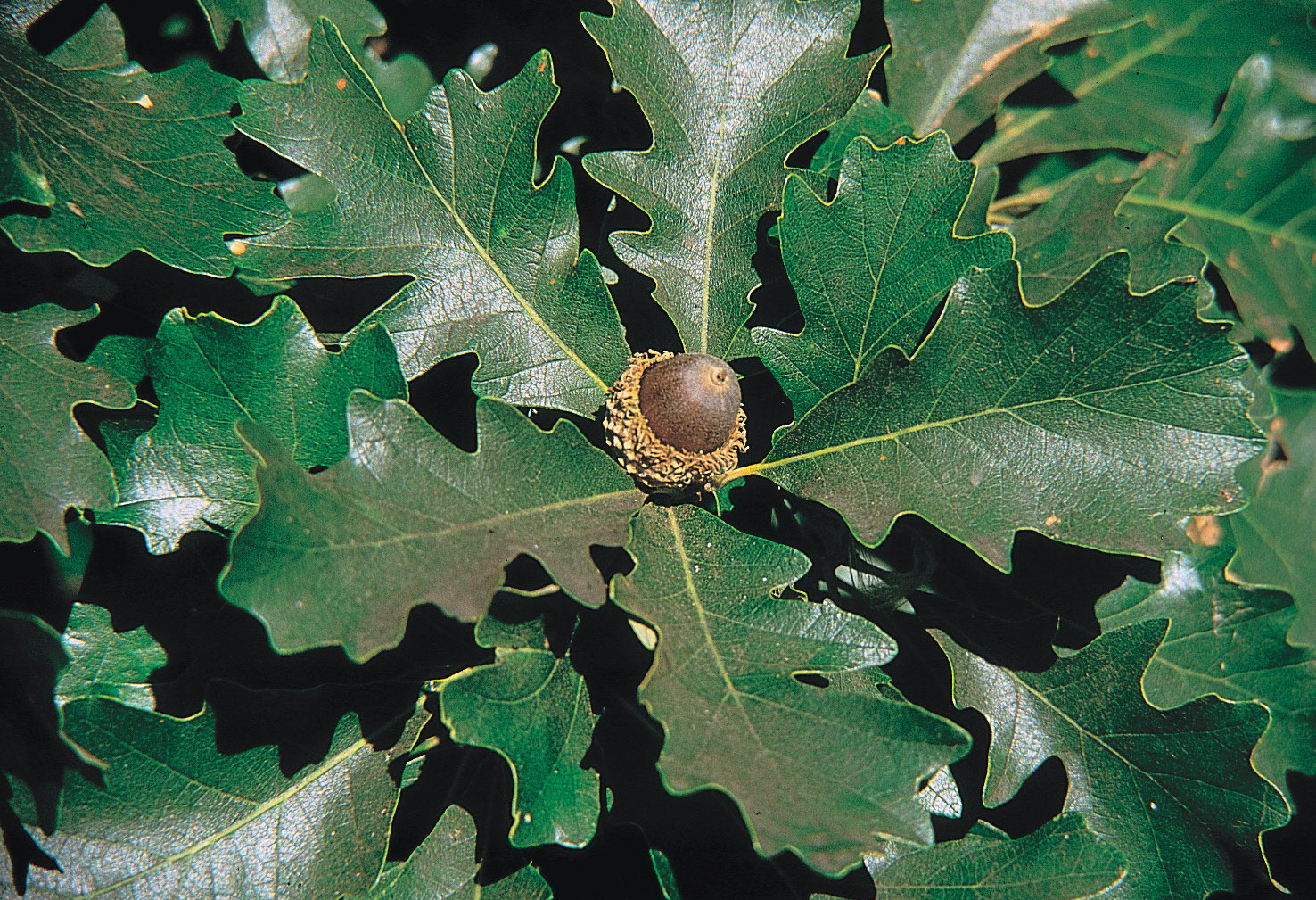Last week the CLC Tree Services blog was talking trees. I know, when are we not? Anyway, it was high time to suggest which kinds of trees to plant, and which ones to stay away from when you are ready to break ground and welcome a new into your home. The lists were extensive, but not exhaustive by any stretch. There are bound to be some trees that you just can’t find in your local garden centre. Conversely there also might be a few specimens on hand that are not always recommended by the tree experts.
So what do you do? Why are some trees available when arborists suggest a pass on them? There can be lots of reasons for that, ignorance being just one of them. That is why we are going to look at a few “arbor” (latin name for TREE) today, and specify why you should or should not to plant them.
Which Oak to Plant
Oak trees are part of the Quercus Genus and are native to the Northern Hemisphere. There are around 600 species within the Genus, including both deciduous and evergreen species. Quercus are further classified into two subgenus; Cyclobalanopsis and Quercus. Whatever the species though, oak trees can live upwards of 200 years, bear flowers in the spring and produce acorns as their fruit. They also have strong, hard wood that is popular in barrel making (for wines, whiskey, sherry, brandy), for ship building, to construct furniture, and even drums (Yamaha uses Japanese Oak for its drums). While all of that is quite positive, not all oak trees are appropriate for planting in all places.
√ – Bur Oak – Quercus Macrocarpa
Bur Oaks are deciduous trees. They are medium to large in size, grow approximately 15-30 metres tall, and have a trunk of 60-120 cm. It’s leaves are glossy green on top, pale and hairy underneath, and grow to about 15-25 cm long. It has thick gray bark and deep-reaching roots, which means that it can withstand forest fires and drought respectively. The Bur Oak prefers full sun, but will tolerate some shade. A perfect specimen plant for a large space! It is also not especially picky about soil types, so a good choice for anyone. They are also fairly pollution-tolerant, so perfect for urban centres! Just make sure not to plant it near underground pipes and watch out for this tree’s acorns, as they are the largest ones on any North American species. And just so you know, it is an approved species by the Ontario Ministry of Natural Resources (MNR) to plant in Ontario, from Ottawa, to Algoma, to right here in Middlesex county!
√ – Red Oak – Quercus Rubra
The Red Oak is another tall species that grows 20 – 30 metres in height. Like the Bur, it isn’t fussy about soil type, and prefers full sun to grow to its best potential. Its leaves are dark green , 10-20 cm long, and have 7-9 sharp, pointed lobes. Under ideal circumstances, they turn a beautiful dark red colour in the fall, rivalling the maple’s glory. The gray bark of the Red Oak is smooth when it is young, but develops deep ridges that run the length of it as it matures. Acorns on this species take approximately 18 months to mature, after pollination. If you’ve got room for Quercus Rubra to grow, the MNR gives it the seal of approval for London!
X – English Oak – Quercus Robur
STOP! While Quercus Robur is considered England’s National Emblem, it is NOT native to North America. This long-lived, deciduous oak is beneficial to insects, birds and other wildlife in its native home, but acts as competition to our own native species of oak trees within Canada. That means that these trees, that can grow to 35 metres, add little to our local ecology. So while some folks might consider its adaptability a bonus, neither ReForest London nor the MNR recommend that you plant them here. There are so many other trees to choose from that don’t crowd out our native species, so leave Quercus Robur to the English where it belongs!
As another alternate, you could try other species of native oak like the white oak, swamp white oak (rare), or chinquapin oak (rare). Happy planting!





The red oak is one of the largest and most important timber trees. One of the fastest growing of the oaks, it attains a to 80 feet and a diameter of two to three feet.
Thanks for that additional info on the red oak. You are correct in that and I’m sure your aborists have handled a red oak or two in their time, as have ours.
[…] heat. Lovely scent. Good for cooking. Elm – Needs to be dried for at least 2 years. Good heat. Oak – Good heat. Slow burning. Sparse flames. Good for cooking. Pine – Great flame. Not a lot of […]
[…] worst invasive insects due to their wide tastes. Gypsy moth caterpillars have been known to eat oak, aspen, birch, basswood, hawthorn, willow; pretty much any tree they come […]